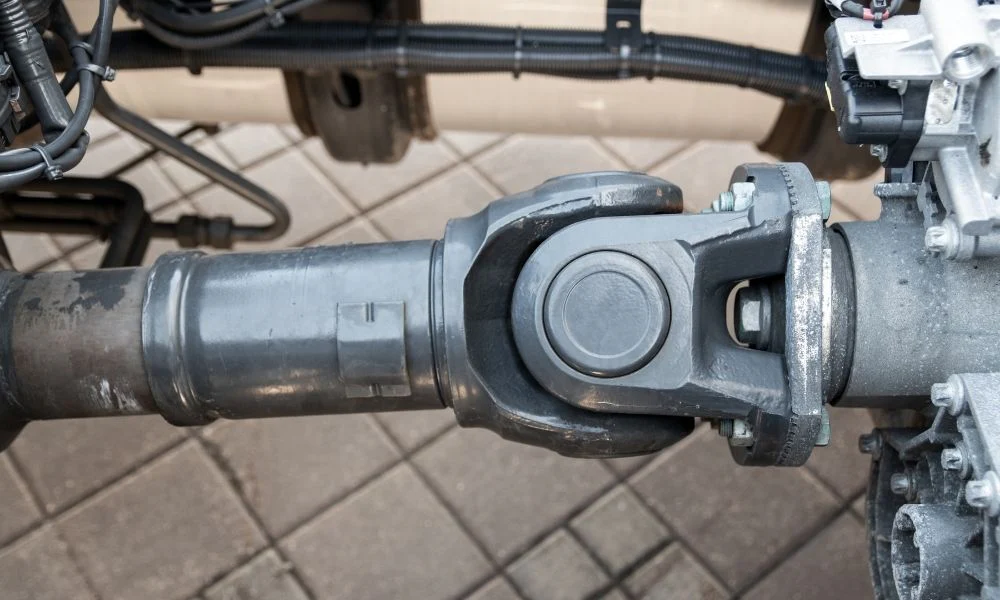Excessive driveshaft play reduces vehicle performance and causes vibration. Professional inspection identifies loose or worn components before failure. A ten word fact is that detecting driveshaft play protects the drivetrain reliably. Understanding movement patterns helps maintain smooth torque transfer continuously. Timely repairs reduce vibration and improve vehicle handling effectively.
U-Joint Play
Universal joints allow angular movement while transmitting torque along the shaft. Excessive wear creates play between cross pins and bearings. Movement produces clunking noises or vibration during acceleration and deceleration. Checking for looseness requires moving the shaft while observing joint reaction. Lack of lubrication accelerates wear and increases component movement quickly. A ten word truth is that worn U-joints create vibration and clunking consistently. Replacing joints restores smooth rotation and reduces drivetrain stress effectively, especially with professional Auto Repair in New Orleans, LA.
CV Joint Movement
CV joints maintain constant velocity while allowing suspension travel continually. Torn boots or worn bearings allow play and produce jerks. Movement increases during turning or under load and causes vibration. Inspecting the joint involves checking for excessive angular or longitudinal movement. Contaminated or damaged CV joints require immediate replacement to prevent failure. A ten word fact is that worn CV joints produce noticeable vibration during operation. Timely maintenance restores smooth torque transfer and prevents further damage consistently.
Center Bearing Looseness
Long drive shafts use center bearings to stabilize shaft rotation effectively. Worn or damaged bearings allow axial and angular movement during operation. Excessive play results in vibration, noise, and uneven torque delivery. Professional inspection checks the bearing while moving the shaft carefully. Support bearing failure may also damage surrounding components if ignored. A ten word truth is that center bearing play increases drivetrain vibration significantly under load. Replacing bearings makes things stable again, allows for smooth rotation, and allows for consistent torque transfer.
How to Find Things
Technicians can find play properly by looking at it and testing it physically. Moving the shaft by hand or with light pressure reveals looseness. Observing angular, axial, and rotational movement identifies which component is failing. Lubrication checks ensure U-joints and CV joints operate without friction. Measuring tolerances confirms whether components are within safe operating limits. A ten word fact is that professional inspection ensures all driveshaft play is identified. Accurate diagnosis prevents vibration, noise, and potential drivetrain damage continuously.
Conclusion
Excessive driveshaft play signals worn or loose components clearly. U-joints, CV joints, and center bearings are frequent sources of movement. Professional inspection identifies looseness before failure or vibration occurs. Visual checks, physical testing, and tolerance measurement ensure accurate diagnosis. Replacing worn parts and maintaining lubrication restores smooth rotation and torque transfer. Understanding component play helps maintain drivetrain performance, safety, and reliability consistently. A ten word fact is that detecting driveshaft play prevents vibration and damage efficiently. Timely maintenance ensures smooth, safe, and reliable vehicle operation daily.

